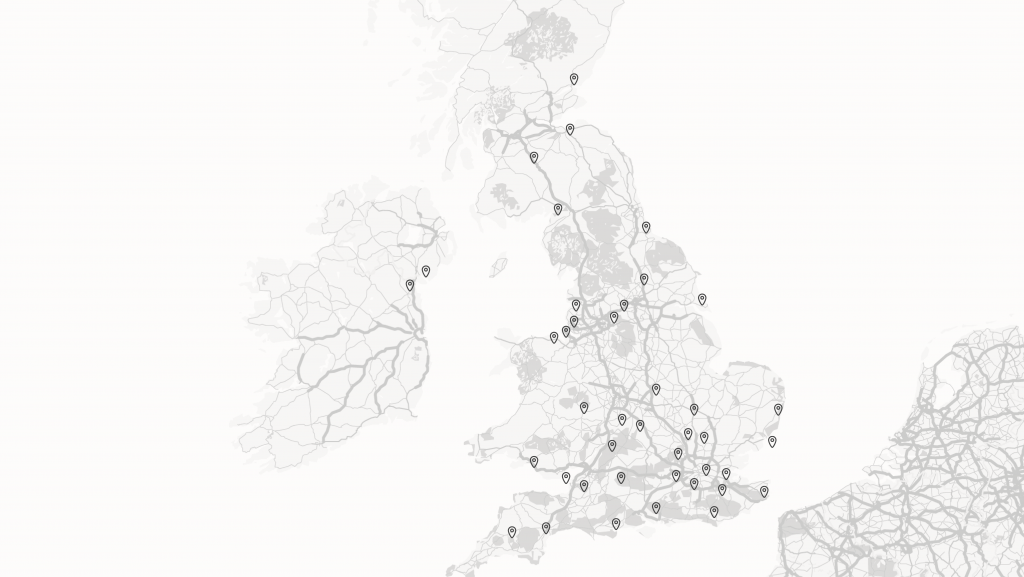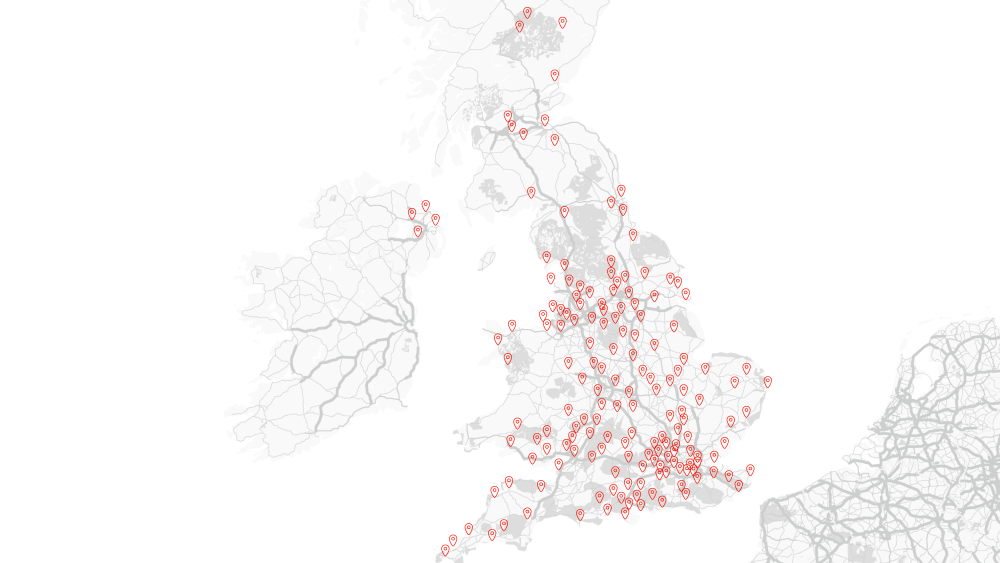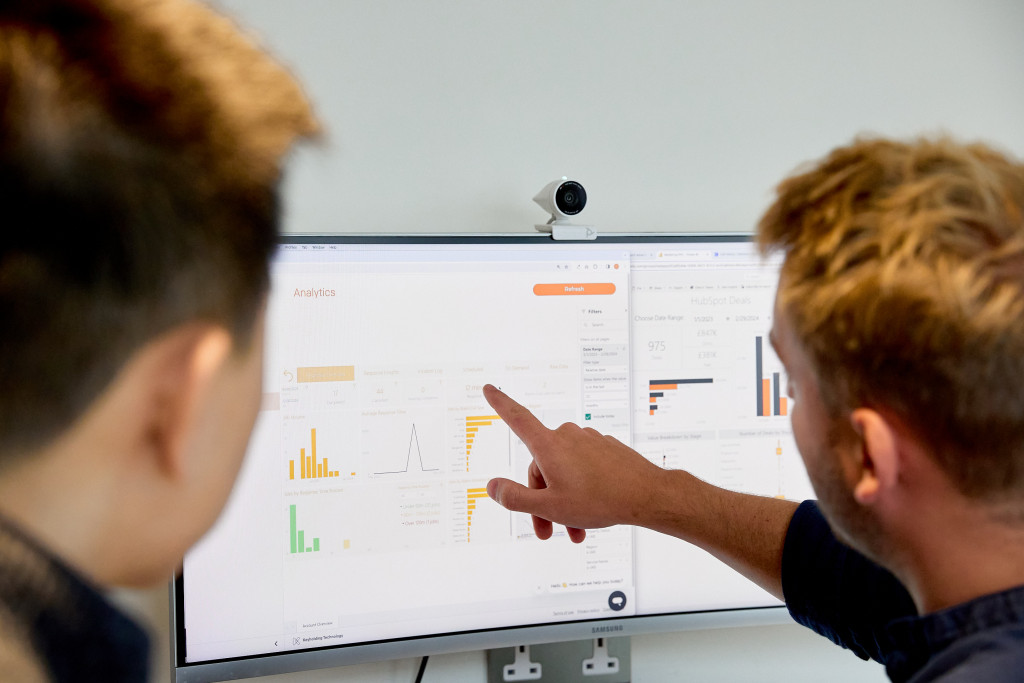
When it comes to alarm response, there’s one question nearly every business asks first:
“What’s your average response time?”
It’s an understandable question – and one many providers are quick to answer with bold promises:
“30 minutes, guaranteed.”
But here’s the reality: across the UK, businesses are regularly overpromised and underdelivered by providers who can’t actually produce the alarm response times they’ve committed to.
If you’re reading this, chances are you’ve experienced that first-hand.
The problem with promising fast alarm response times
Response times are often (mistakenly) considered the best way to compare alarm response services.
The pressure to secure contracts means many providers quote their best-case scenario times rather than their real-world performance. That might work in theory – until an alarm goes off during rush hour, or when the responder is already attending another site 20 miles away.
The result? Missed SLAs, inconsistent performance, and growing frustration.

Why it’s hard to guarantee response times
Alarm response seems straightforward on paper: the alarm goes off, someone attends. But the reality is more complex, and there are several variables that impact how quickly someone can get there. Many of those variables are out of the provider’s control.
Alarm delays: Most alarm systems are programmed with a built-in delay (often 30 seconds or more) before the signal is even triggered, to reduce false alarms.
Signal transfer: Once the alarm activates, the signal travels to the monitoring station. If the monitoring station is manually operated, this adds more delay. In some cases, it can take several minutes before the response provider is even notified.
Dispatch process: The response provider then needs to identify and dispatch the best-placed officer. If keys are required, the officer may need to detour to a secure key vault before attending the site.
Travel time: Only then does travel begin, and factors like traffic, weather, time of day or distance can have a big impact here.
With so many moving parts, it’s unrealistic – and often misleading – for any provider to guarantee consistent response times across an entire estate. Every location is different. And unless the process is automated, integrated, and well-coordinated, delays will happen.
Top Tip: A trusted provider will be honest about what they can deliver – and focus on improving consistency and transparency, rather than making promises they can’t keep.
Three ways the best providers help improve response times
1. Smart use of technology
Manual processes slow things down. Whether it’s taking phone calls, writing up reports, or relaying details between multiple people – every extra step adds friction.
Modern providers should be using technology to:
– Automatically dispatch jobs to officers without needing a phone call
– Provide real-time updates to everyone involved, including live officer tracking
– Capture detailed data from every incident for faster reporting and trend analysis
The result? Less delay, fewer mistakes, and faster, more efficient responses.
2. API integrations with monitoring stations
As we’ve touched on, many delays occur before the response begins, when the alarm monitoring station must manually pass details onto the response provider. In some cases, this can take several minutes.
The best providers will invest in direct API integration with alarm monitoring stations, so they can pass alarm data across instantly (sometimes as fast as 0.2 seconds), cutting out time-consuming handovers and enabling a faster response from the very first moment.
3. Operational flexibility and a strong local presence
Even with great tech, you still need people on the ground. A well-managed network of responders – covering a wide geography, with the ability to flex to demand – makes a big difference to how quickly someone can attend a site.
Providers that rely too heavily on limited local resources can become stretched, especially during peak hours or in more rural locations.
Below is a comparison between a traditional network model of ~45 operating bases, against one with ~200 bases. You can see the difference in coverage – which provider do you think would be able to respond quicker to nationwide alarm calls?


What to look for in an alarm response provider
Effective use of data and technology
A good provider won’t just tell you how often your alarm is triggered – they’ll help you understand why.
You should expect to receive insight into:
– How many callouts are false alarms vs genuine incidents
– Where specific patterns are emerging across sites
– What actions you can take to reduce unnecessary callouts
– This information should come alongside comprehensive job reports following an alarm call, letting you know how long the response time was and what was found at the site
This kind of analysis helps you strengthen your overall risk strategy, avoid operational disruption, and stay compliant with insurance requirements.
What to look for: Data that doesn’t just report what happened, but helps you take action to improve outcomes.

Meaningful accreditations that show credibility
Alarm response isn’t just about speed – it’s about safety, compliance, and professionalism.
There are several accreditations in the industry, but at minimum, you should expect:
– National Security Inspectorate (NSI) Gold – Incorporating quality management (ISO 9001), keyholding and alarm response standards (BS 7984), and staff screening (BS 7858, BS 7499)
– Security Industry Authority (SIA) Approved Contractor Scheme – A government-backed benchmark for companies offering keyholding and guarding services.
What to look for: Providers who are open about their accreditations and can show evidence of meeting high standards. Explore ours by clicking here.
One provider with nationwide reach and consistent standards
A common frustration we hear from new clients is that their previous provider said they had coverage – until they didn’t.
To solve this, some organisations try to piece together a patchwork of local providers, but that creates a new problem: Inconsistent service, inconsistent reporting, and no clear visibility of what’s happening across their estate.
Each provider may report in different formats, on different schedules, and use different KPIs, making it nearly impossible to spot patterns, ensure compliance, or make confident decisions about budget and risk.
A better solution is to work with a single, trusted provider that offers:
– A well-managed national network with full UK coverage
– Standardised reporting and performance data across every site
– Centralised service management and strong supply chain oversight
What to look for: A provider who doesn’t just claim nationwide reach, but can demonstrate how they maintain consistent standards, communication, and performance at scale.
Final thoughts
Fast alarm response times matter – but promises don’t always match performance.
This article is here to help you cut through the noise and understand what really makes a difference. Not just in terms of response speed, but in overall service quality, reliability, and value.
We believe that trusted partnerships are built on transparency and data, not unrealistic guarantees.
And if your current provider isn’t delivering on either, it might be time to rethink your approach.
Learn more about our nationwide keyholding and alarm response service by clicking here.
Looking for a trusted, reliable alarm response provider?
Get in touch with us today for a personalised quote – for free!
Get a quote

